My name is Dave and I have an addiction.
I am obsessed with things that go fast. Fast airplanes, fast cars, and fast women (I’m happily married, please don’t tell my wife I said she was “fast”).
Building things that go fast is part of the addiction. Cars and airplanes, at least. However, this leads to a bit of a quandary, which is not entirely speed related: If the current airplane is already a really good match for the desired mission profile, it’s hard to find another that is better enough to justify spending multiple years and lots of dollars building.
Our current airplane is an F1 Rocket. It’s fast, handles short grass fields, fits in our hangar, and will carry the two of us with enough bags for a week’s camping at Oshkosh.
This is a story about determining the criteria for a new project, reviewing the options, and defining realistic expectations within my own limits as a builder and pilot. There will be some brutal honesty and candid opinions, along with an untempered assessment of some of the candidate airplane kits.
Assisting me in this analysis is a little red fellow sitting on my left shoulder with a pitchfork, occasionally jabbing the side of my neck, shouting “Go faster!”
On the right is a munchkin with a halo, calmly whispering caution, preparation, and sober assessment of risk.
The two of them don’t like each other very much, but after half a century, have learned a disdainful tolerance. If I was from the Far East, I suppose they would be Yin and Yang. If I was German, it might be Id and Super-Ego. However, I’m from neither of those places, so let’s call them Luke and Charlie. (I’m probably dating myself—remember Charlie’s Angels?)
The first step in finding a new project is to define the mission profile. Luke is single-minded and helps define that part: go fast. However, from the mission profile, a set of criteria must be developed, and that’s where Charlie comes in. I’m a weekend pilot and don’t want something that will exceed my ability to fly, especially in the event of an emergency like an engine failure. This means a reasonable stall speed and good handling with few bad habits. My wife is very tolerant of my addiction and likes to fly with me, so she has laid down an important rule: There must be at least two seats and room to carry baggage to her desired vacation destination. Of course, it has to be something we can afford to build and feed, and it has to fit in our hangar and operate out of our 3000-foot home airfield. This leads to a table of requirements, with target specifications for the new dream project looking something like the list on the right. The criteria for each item is not cast in stone, and Luke and Charlie will argue over some give and take, but they are a good place to start.
Cruise: It’s only a target, but Luke will be pretty peeved if I give up much on this one. Cranked up to full cruise, our current airplane will do 199 knots true airspeed (KTAS) at 10,000 feet. Fifty knots faster is only 25%. That means on a 300-mile trip, we save only 18 minutes. At 300 knots, we still save only 30 minutes, but hey: 50% faster will feel like light speed and brings some cool bragging rights, so it’s a good target.
Climb: Most of the go-fast options achieve their speed only at high altitude. For example, it’s not a kit airplane, but the Mooney Acclaim currently claims to be the fastest production piston aircraft in the world at 242 KTAS, but it gets that speed at 24,000 feet, and its best climb rate is only 1240 feet per minute at sea level. That means the better part of half an hour to get to altitude, by which time on our 300-nm trip, it’s almost time to start back down—not to mention the lower speeds needed to hold best rate of climb. That means the real-world, chock-to-chock speed will be lower than 242 knots, even with a boost on the descent.
For some aircraft, climb rate is shown, and for others, the number of minutes required to get to the altitude that produces the cruise numbers.
Payload: This is full-fuel payload, the amount left over after filling the tanks. Some manufacturers say the big tanks are a bonus and can be left partially empty, but the reality is that if we are to achieve the desired range, the tanks are likely to be full. The full-fuel payload needs to be sufficient for me, my wife, and enough bags for a week’s vacation. Anything more is just a bonus. She packs light.
Range: Going fast isn’t much good if we have to stop for fuel sooner than our bladders, and it’s not good to land with nearly empty tanks only to discover that the pumps are not working. Good range and prudent reserves help address that.
Takeoff Distance: When flying something with a published pilot operating handbook, prudent pilots will add at least 50% to the numbers. Charlie says that when it comes to kit airplanes, double is a better bet because many (most?) manufacturers publish optimistic figures. Our home runway is 3000 feet long, and there are trees at the end, so distance to 50 feet of altitude is the important figure for takeoff.
Stall Speed: This is a biggie. Numerous studies of motor vehicle accidents prove an almost logarithmic reduction in accident survivability as the speeds go over 50 mph. Unfortunately, stall speeds at this level typically mean cruise speeds will be nowhere near the target. Some compromise is necessary, which leads to an arbitrary figure of 60 knots—getting a little ways up the lethality curve, but not so far as to preclude surviving an off-airport landing. Luke stamped his little foot and insisted on at least two knots more. An airframe parachute might allow this number to go up a bit, with the knowledge that not all events happen high enough to deploy a chute.
Stall Characteristics: This is another biggie. It doesn’t matter how fast or how slow it stalls, if the stall prompts it to flip over and buck riders through the window, it’s a non-starter. Stick-shakers, pre-stall buffet, stall-warning horns, and angle of attack are all good things, but if the actual stall/spin characteristics are lethal, it’s not for a weekend pilot like me. I need to be realistic about my current skills, the necessary skills, and the effort required to keep them there, especially as birthdays tick by.
Flight Handling: This is also important and often gets lost when comparing performance statistics. I once had the opportunity to fly a Cessna 310 and a Beechcraft Baron. On paper, they look similar, but in the air, the 310 flew like a truck (apologies to 310 owners and anyone who loves trucks). The Baron flew like a Porsche: crisp and refined. Both airplanes did the job, but in my opinion, the Baron was inherently more rewarding to the pilot and every flight more like a waltz than a plodding progression in hiking boots. Related to this is roll rate. A higher roll rate promotes confidence in the airplane, especially when on short final in turbulent conditions. If a wing pops up, it’s important to be able to snap it back down and not be counting the seconds to straight and level with fully deflected controls, hoping it recovers before the wheels touch the runway.
Ground Handling: This is another thing that often gets missed. Many accidents happen with the wheels rolling on the ground. Granted, these accidents are less often fatal, but it’s still no fun to wrap an airplane up into a ball, even if you do get to walk away from it. Good ground handling will help assure a happy ending to every flight. Unfortunately, flight handling and ground handling can be difficult to assess, especially as each pilot has a slightly different version of what is “good.” A flight test in a representative model is an excellent idea, but at this stage of research, we will be limited to third-party flight reports and what can be found on the internet.
Construction: Fiberglass is icky. No matter how careful I am, epoxy resin always seems to get stuck somewhere it shouldn’t—usually on me. Sanding is right up there with digging ditches. I might have to give on this one, though, as most of the go-fast kits are made of the icky stuff. Maybe I can find a kit where most of the sanding has already been done.
Wingspan/Height: Most single-airplane hangars have a 40-foot door and a 10-foot-high opening. Yes, there are some hangars that are bigger, but then you have to share space with someone else (hangar rash) or pay up on the rent. This difference in rent can in some cases be substantial, more than paying for several hours of flying time. A 37-foot span leaves only 1 feet of error on each side when pushing the airplane in or out of the hangar. In our case, we already have a standard size hangar, and changing hangars is not practical (it comes with the house), so size is a real limit.
Hourly Operating Costs: Only direct fuel costs are included. Of course, there are lots of other costs that could be considered, but this will provide a simple basis for limited comparison. It should be noted that if we are buying an airplane only to go places, miles per gallon is a pretty good measure. Otherwise, gallons per hour of fun will do.
These criteria are not an exhaustive list and will be different for every builder/pilot and any given mission profile. They provide a place to start for an evaluation of what is out there and whether any candidates might come close enough to justify heading out to visit the factory and test-fly an example.
Armed with the above, and with one hand guarding my neck from a poised pitchfork, I commenced the search, starting with the KITPLANES Buyer’s Guide. I gained more information with internet searches, traipsing through Oshkosh, and talking to friends, builders, and pilots. I also lurked on type-specific discussion boards (at least on the few that allow lurking). The data on the following pages represents my best efforts to assemble it from publically available information, so some of it is likely exaggerated or just flat-out wrong. Further research and validation should be done on any designs that rise to the level of serious contender.
The data for some of the airplanes has gaps in it. In some cases, the data is not published anywhere I could find, or else what I could find was questionable in its authenticity. This means that some of the items have to remain blank for this level of analysis. Other items are a best guess based on available data. There is also valid variability in some of the numbers as even with fairly complete kits, variation in individual builds can translate into variations in real-world performance. In any case, the numbers are the best I could put together for initial guidance and a way to narrow the search down to aircraft for which deeper research can be conducted.
Unfortunately, the speed criteria really narrows the field. It seems to me that piston technology (with turbocharging and altitude) should be able to push up significantly faster than the F1 Rocket, but there’s a brick wall that rears up somewhere in the 240 knot range that few airplanes surpass. There’s also a pretty significant challenge when it comes to cost. “Normal” airframe kits typically come in around $30,000-$50,000. Fast airplanes aren’t usually that much bigger and don’t have that much more material, so why should the kits be so much more expensive? Obviously I’m ignorant about something, because some of the go-fast kits are not just a little more expensive, they are substantially so.
Armed with the target table and a critical eye on the available facts, here’s a look at the candidates:
Questair Venture
Although I’m sure the designers and owners don’t appreciate it, everyone refers to this design as “the egg.” It borrowed significant inspiration (and design elements) from the Piper Malibu, which makes sense as its designers worked on both projects. It was intended to be a fast, economical, 2-place traveling machine without requiring altitudes in the flight levels, which avoids the need for pressurization and keeps things simpler and lighter.
The Venture has not been in production as a new kit for many years. The current new owners issued a press release in March 2015 announcing their intention to resume kit production and hosted some forums during the Venture’s 30th anniversary at AirVenture 2017, but as of summer 2018, only a few parts are listed for sale on their website, and I have not had any replies to multiple emails inquiring about kit status.
Although the cruise speed is below the target criteria, the design is impressive for achieving those speeds with a normally aspirated Continental 280-hp engine at non-oxygen altitudes. It’s possible that some of the higher horsepower Continental variants with turbocharging might yield some impressive performance at higher altitudes. However, this leads into a whole new flight regime, with the potential for flutter and aerodynamic loads issues that would have to be carefully explored for an aircraft that may or may not have originally been designed for them.
One of the significant drawbacks of this airplane is the design of the landing gear. A review of the NTSB accident database for the search term “Venture” returns a total of 30 accident reports, of which a whopping 16 involve loss of directional control while on the ground. I heard through the grapevine that the new owners were working on a redesign of the landing gear for their planned new kits, but haven’t seen any details.
There are currently 62 aircraft with the name “Venture” on the NTSB registration database. Even if we assumed that all 30 accidents in the NTSB database resulted in the removal of the aircraft from the registry (an unrealistic assumption), this means that of an estimated 92 aircraft flown, 30 have been involved in reportable accidents, or 33%. This is a very crude measure and doesn’t consider hours flown or number of years flown, but is still a very high figure and indicates the prevalence of the gear issue for the type.
Luke says, “Too slow,” and Charlie says, “Not without a redesigned gear.”
Glasair III/III Turbo
The Glasair III is the culmination of designs that started with the introduction of the Glasair I in 1979, refined into the faster Glasair II, and ultimately became the Glasair III. Known for its strong construction, it has competed and often won numerous races around the country, often with modified engines putting out significantly more than “stock” horsepower.
The rights to the Glasair design were sold to Advanced Aero Components in October 2017. The new company indicated its intention to resume production of Glasair kits and to produce a new model; the G3, incorporating lightweight carbon fiber components. As of summer 2018, their website lists numerous parts but no complete kits, and as of yet, no information about revisions to the design or status of their new kit prototype.
Anecdotal evidence suggests that the “published” cruise figure of 242 knots for the normally aspirated Glasair is optimistic, with various sources reporting speeds closer to the neighborhood of 220 knots or less.
In 1998, a prototype Glasair Super III was produced with a large turbocharger that produced speeds of 278 knots, but at the eye-watering altitude of 32,000 feet. However, I haven’t been able to find much information on this airplane, and it might never have been duplicated with any subsequent examples—possibly because of the very high altitudes necessary to achieve its impressive speed.
At the opposite end of the scale, there is a lot of variability in reports of claimed stall speed. Some sources say that fitted with slotted flaps and extended wing tips, the Glasair III is capable of stalling as slowly as 58 knots. This ought to provide some truly impressive short field performance and significantly aid survivability in the event of an off-airport landing. However, a number of existing Glasair owners want more than 3000 feet before considering a runway, and they point out a significant consideration hidden behind the stall speed: the ability to realistically achieve it on landing. It is tempting to look solely at stall speed as defining landing speeds, but for some aircraft this is misleading. The Glasair, for example, has an issue that is common to many highly wing-loaded aircraft: The sink rate that develops near the stall dictates much higher approach speeds. In addition, without carrying power, the sink rate at those higher speeds is also quite high. This means that many owners use a high-speed, power-on approach technique, with speeds over the fence of 90-100 knots, bleeding off just above the runway until touchdown, which gobbles up pavement and may not occur at the theoretical stall speed. Also, they may or may not have enough elevator authority to prevent the nose from slamming down as soon as the main wheels touch. This makes a failed-engine, off-airport landing especially challenging; no power is available to arrest the descent rate, and the approach speeds are high, requiring good timing to round out for the flare without running out of energy or elevator authority, or touching down at high speed on what may be an uneven surface. This may or may not be mitigated with the new, potentially lighter G3 design that is in the works. It will be interesting to see the flight test results of a prototype.
Luke says, “Not fast enough,” and Charlie says, “Too fast on landing.”
Lancair Legacy
Lancair is well known for building sleek, go-fast airplanes. Introduced in 1985, with the Lancer 200, the two-seat designs progressed with faster airplanes and larger engines, reflected in the model names: 235, 320, 360, and then the Legacy, powered by a Continental IO-550. The kit is no longer in production, though the current manufacturer lists one remaining airframe for sale on their website.
The Legacy is the fastest of the two-seat Lancair designs and does so while maintaining an impressively slow claimed 56-knot stall speed. While 240 knots cruise speed doesn’t put it at the head of the pack, if the claimed stall speed is realistic, then it is quite an impressive range of speed, and the low stall should bode well for survivability of any potential off-airport landing. However, there is a glaring problem in the published specifications: 310 pounds of payload. According to the Lancair website, the expected empty weight is 1500 pounds and gross weight is 2200 pounds, for a useful load of 700 pounds. However, the aircraft carries 65 gallons of fuel, leaving a full-fuel payload of only 310 pounds. That’s enough for my wife and some of my body parts, but she’s not a pilot, and I need all of my parts to fly the airplane. I suppose we could save some weight if we both fly naked, but we’d probably get some odd looks at the pump. To make matters worse, a tour of the internet turned up a number of Legacys for sale with empty weights well over 1600 pounds. This makes the Legacy a solo airplane unless the gross weight is increased, which several of the Legacys being sold appear to have done, leaving me wondering how much engineering was done to determine those gross weight increases and what impact that has on the otherwise low stall speed. If I had to guess, I’d say the stall speed in real life with those higher gross weights is a good bit higher than the published values. I have no idea what the real-world airframe strength is like when flying through rough air at higher weights. A search of the NTSB accident database didn’t turn up any fatal accidents associated with structural failure of the aircraft, though there were a number of fatal accidents caused by stall/spin, often precipitated by engine failure. This raises some questions about the real-life stall speed and stall characteristics, which may or may not be materially affected by flying at a higher gross weight.
Luke says, “Still too slow,” and Charlie says, “Your wife won’t let you buy a single-seat airplane.”
Swearingen SX300
The SX300 was developed in the 1980s by Ed Swearingen of San Antonio, Texas. Although offered as a kit, the degree of completion was not as advanced as is common in most kits sold today, and much work was left to be completed by the builder, with some of the assemblies requiring a moderate amount of skill to complete correctly. New kits are not available, and used examples come onto the market only occasionally as there simply aren’t that many around.
The SX300 is of metal construction, which gives it bonus points in my book, and the cruise speed is respectable, though still short of the target by quite a bit. Climb rate is good, and there is enough room for 70 pounds in the ample baggage compartment, which we would be able to fill with its 440 pounds full-fuel payload capacity.
However, at 75 knots, the stall speed is way above the upper target. This makes for questionable off-airport landing survivability. Of the nine accidents in the NTSB database, three were fatal, of which two involved a stall/spin. This may not sound like a lot of accidents, but there are only 43 aircraft on the NTSB registry. Assuming the three fatal accident aircraft were removed from the registry, this implies a total population of 46 aircraft, meaning 20% have been involved in a reportable accident and 6% have been involved in a fatal accident.
Luke says, “Not fast enough,” and Charlie says, “Too fast at the stall.”
That’s all we have space for this month. Next month, we’ll really ramp up the speed side of the equation, breaking through 300 knots and looking at a class of experimental aircraft that are in a league of their own. Will we find the next project? Fingers crossed!

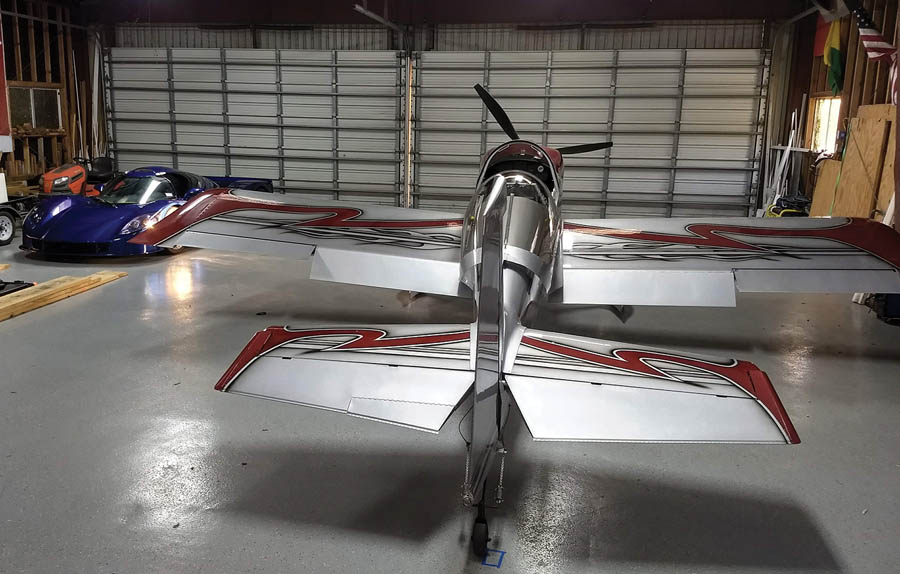
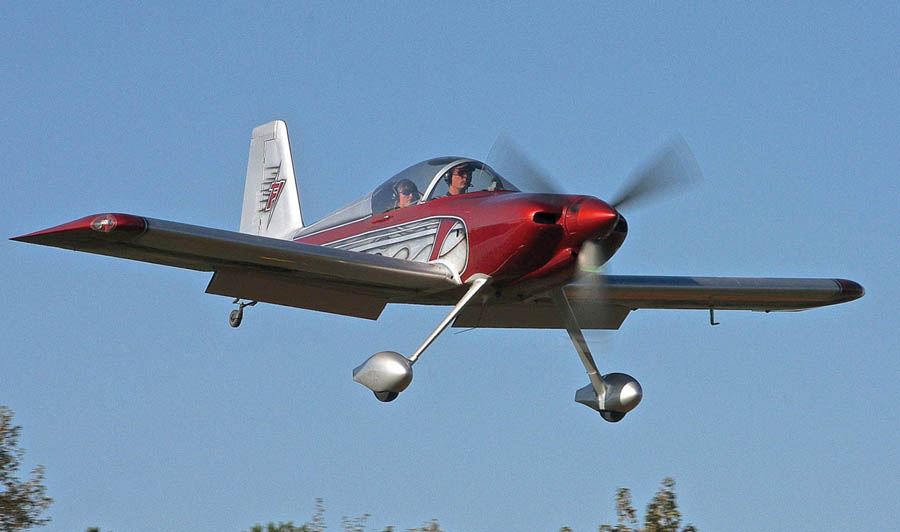
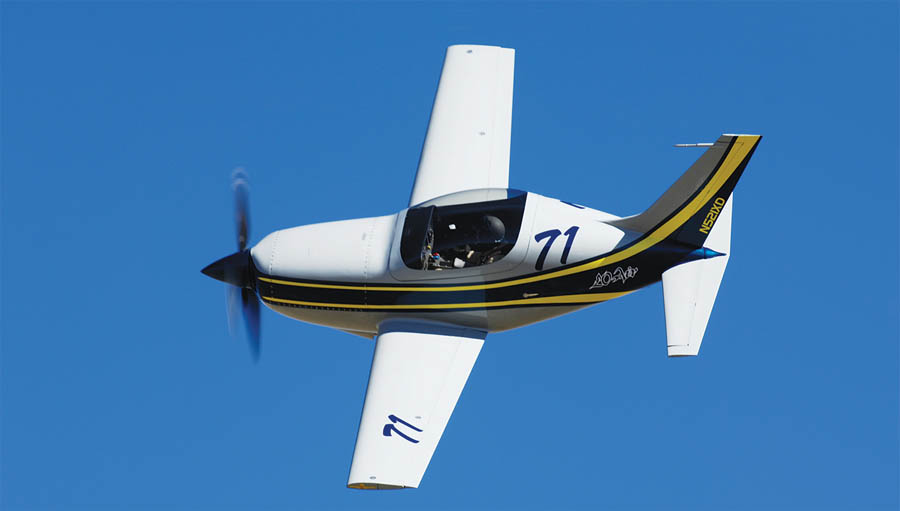

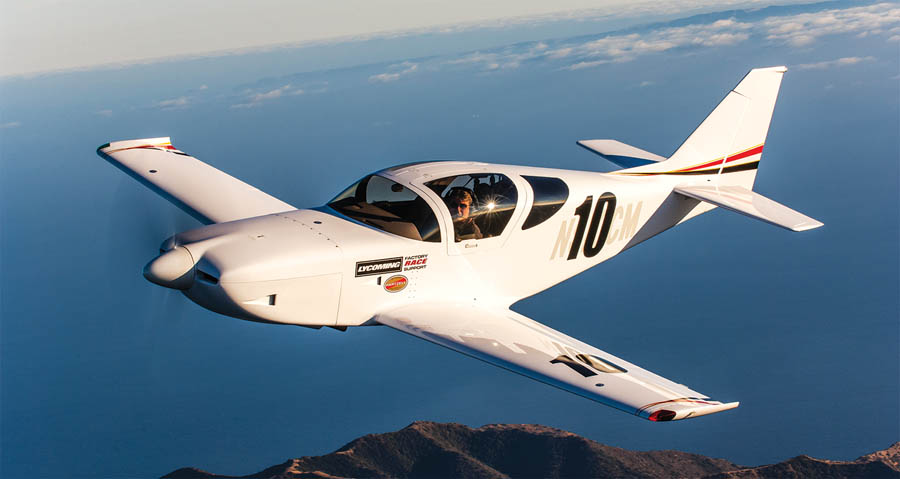
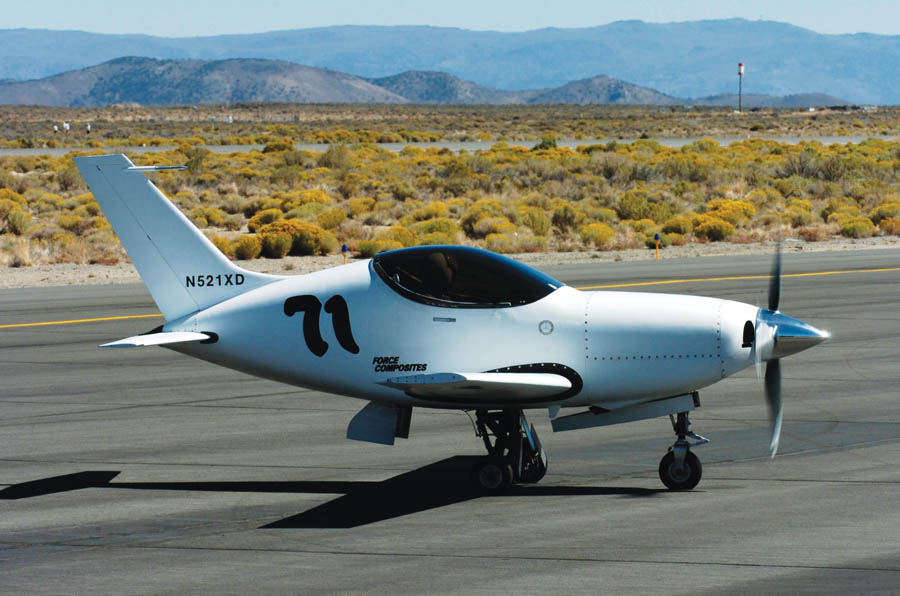
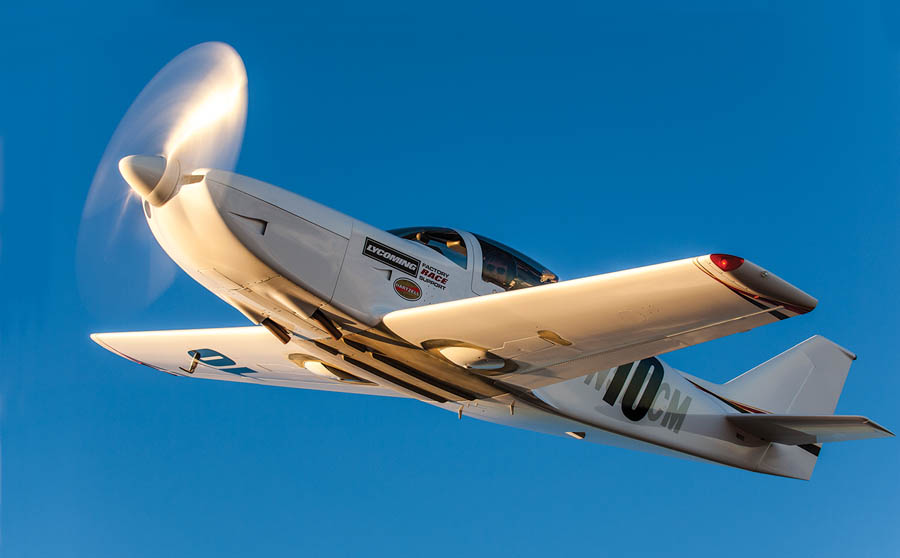
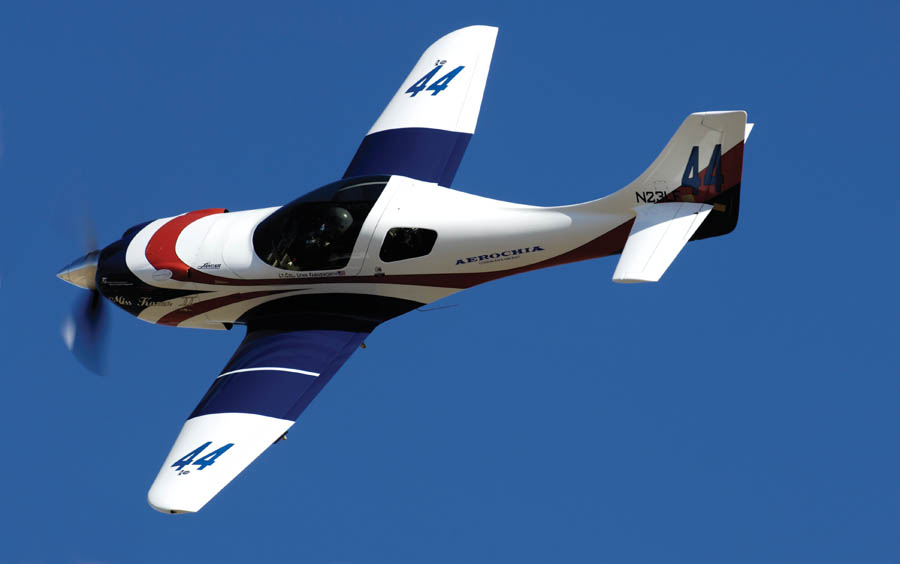
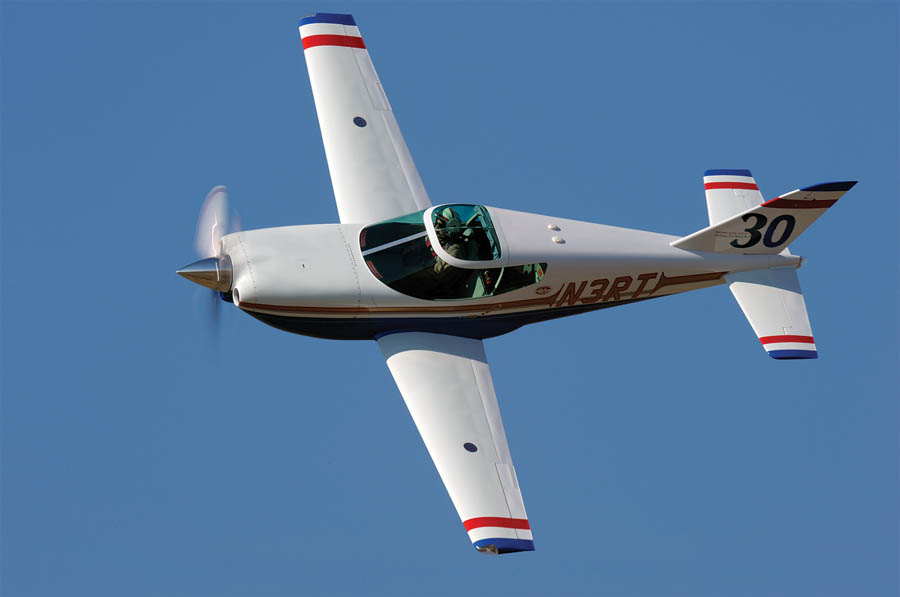

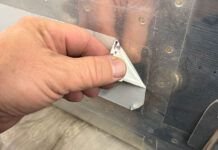

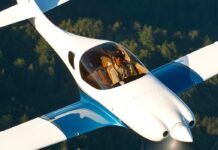
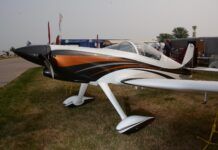
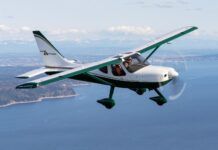
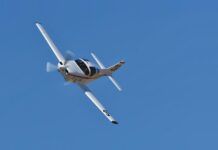
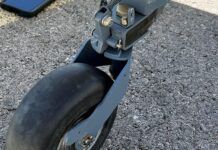


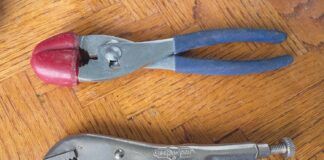
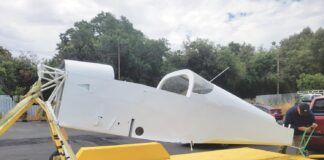
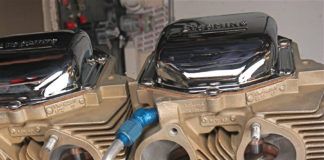
Dave,
Love your speed series of articles. I’ve got a request… and apologies – I’m a Mooney pilot, not a homebuilder.
My M20F was damaged last year by maintenance personnel and yet to be fixed so I’m looking at options including homebuilt. Mt Mooney has respectable speed for it’s vintage, easy handling and a 54 kt stall. With a 1100 lb useful and 716 lbs capacity with full fuel, I can actually carry real people and real baggage and go a real distance.
Before I bought it I looked at a tired Express 2000 but they’re not made any more. The Stallion is a monster big airplane and also out of production. The Lancairs aren’t made any longer and they have their own flight characteristics issues. There isn’t anything out there that’s four place and fairly quick that’s a homebuilt on the market today.
I’d kill for a modern technology, super efficient, homebuilt Mooney. What da ya got for me?
Cheers,
Alex
Hi Alex,
Thanks for the kind words.
As you have already discovered, the population of four seat homebuilts is limited. It is interesting that among certified aircraft, four seats are common – even if full-fuel loads mean that fewer than four are useable. However, in experimental aircraft, two seats is the norm. I know of many people with four or more seats, who typically have no more than one or two of those seats occupied. The mission profile and the real world requirement for seats will dictate how many designs are available to consider.
Among the experimental four seat designs, if you are looking for higher speed, you might check out a Cozy Mark IV or Velocity. Both of these are canard style aircraft, with the associated lack of stall, but be aware that these same characteristics may also mean higher touchdown speeds and longer runways than you are used to with your Mooney – assuming you have tamed the famous Mooney float! 🙂
If you don’t mind something just a little bit slower, the Vans RV10 is probably the most common four seat homebuilt. It provides a good combination of handling, runway manners, reasonable speed and load carrying capacity. My neighbor regularly flies his with air conditioning, baggage pod, his family of four and all their presents to Grandma and Grandpa’s farm strip for Christmas.
The Lancair IV’s would probably qualify as a “modern technology, super efficient, homebuilt Mooney”, but as you noted, kits are no longer available and they have their own flight characteristics which are important to be aware of. From what I understand, these characteristics can vary significantly from one build to another. As with any aircraft and especially homebuilts, good transition training is a must. It is worth pointing out that the accident rate for Lancairs in general drops considerably for pilots who take advantage of the training program developed by the Lancair Owners and Builder Organization (LOBO).
The only four seat experimental aircraft I am aware of which was based on an existing, relatively efficient certified design is the Ravin 500, which is based on the Piper Comanche. I don’t know how many have been built, but have only ever seen one in person.
There are a handful of other four seat homebuilts out there which have not been built in significant number. This is not to say that they are bad designs, but regardless of how good a design is, sometimes issues are found only after significant time has accumulated in the field. This may be an acceptable trade-off for you, but is something you may wish to consider when comparing to an aircraft built in large numbers such as your Mooney.
Good luck with your search and let me know what you ultimately decide on.